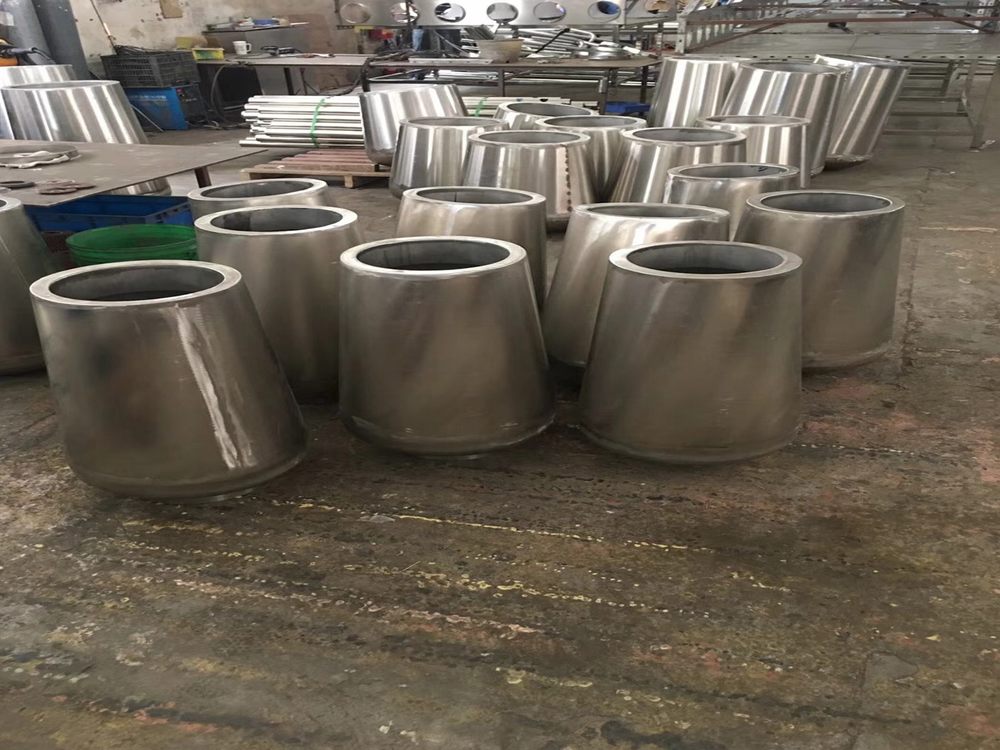
Wood carving is an ancient craft traditionally associated with wood as its primary medium. However, modern artists and craftsmen are increasingly exploring experimental and non-traditional materials to push the boundaries of this art form. Adapting wood carving techniques to materials like resin, foam, acrylic, or even recycled plastics requires creativity and a willingness to experiment.
The first step is understanding the properties of the new material. Unlike wood, which has a consistent grain, materials like resin or acrylic are homogeneous, allowing for smoother cuts but requiring different tool handling. For softer materials like foam, sharp tools are essential to avoid tearing, while harder substances may demand power tools traditionally reserved for heavy-duty woodworking.
Tool adaptation is another critical factor. While chisels and gouges work well for wood, materials like metal or stone might require diamond-tipped tools or laser cutters. Experimentation is key—testing tools on scrap pieces helps determine the best approach.
Finally, finishing techniques vary widely. Non-porous materials like plastic or metal won’t absorb stains like wood, so alternative methods like painting or polishing are often used. By embracing these challenges, artists can create striking, innovative pieces that redefine the possibilities of carving.

